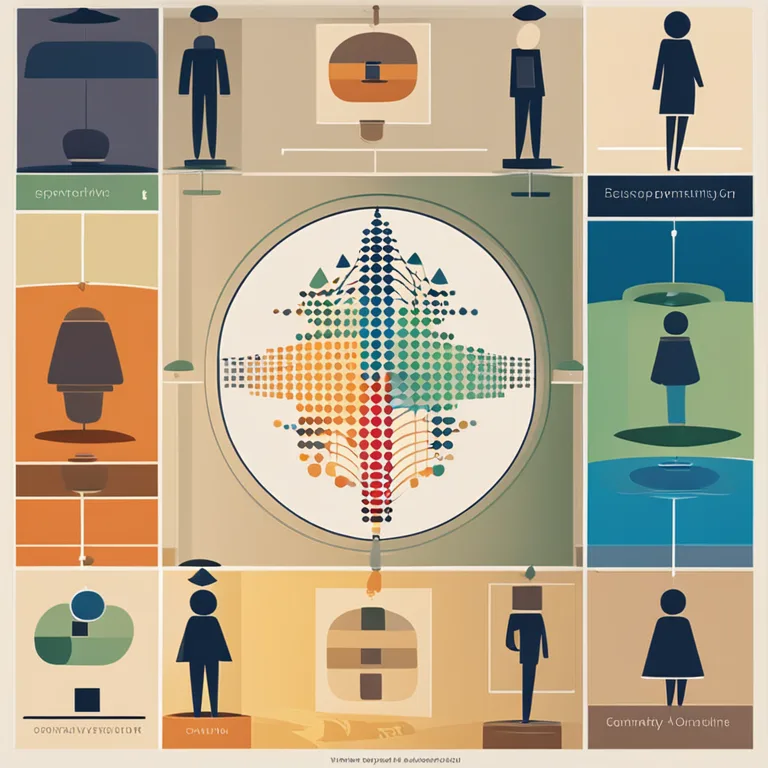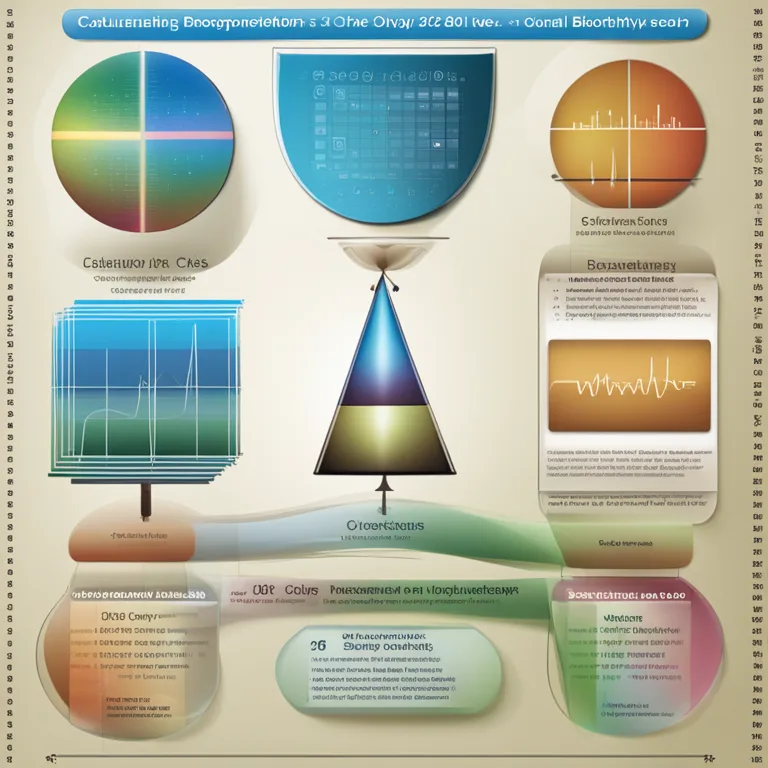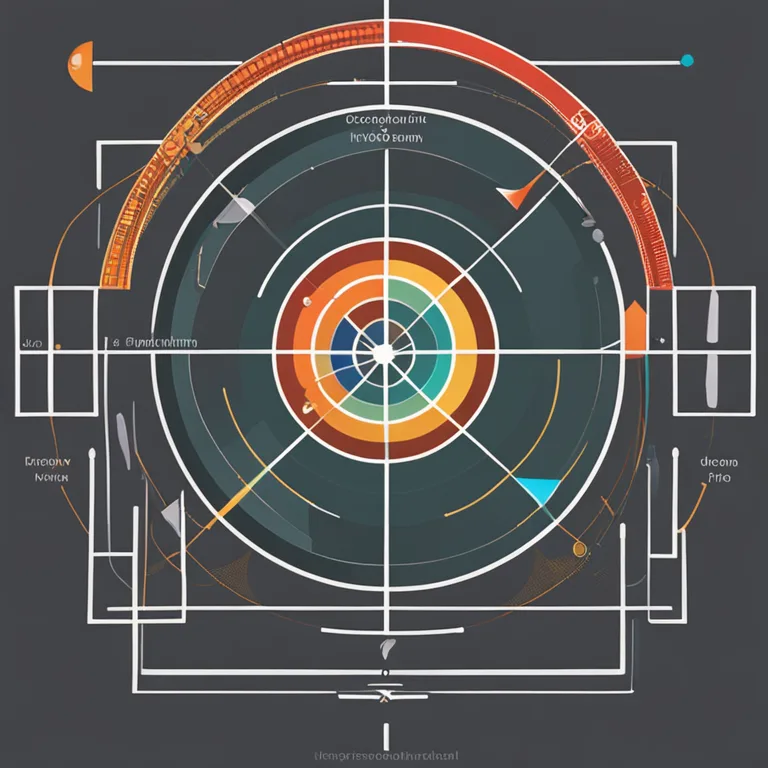
Biorhythm Compatibility: Interpreting Life's Patterns
An in-depth look at biorhythm compatibility and its influence on personal relationships, with a focus on how syncing life rhythms can enhance connections.
article by Adrian Wallace
Introduction to Biorhythms
Understanding our own personal rhythm can be key to navigating the ups and downs of daily life. Biorhythms are believed to be biological cycles that affect our physical, emotional, and intellectual states. First introduced in the late 19th century, the concept has evolved into a personalized form of biofeedback that many use to understand themselves better. By tracking these cycles, it is said that one can predict shifts in mood, performance, and interactions, potentially leveraging this knowledge for personal growth.

The Basis of Biorhythm Compatibility
Biorhythm compatibility hinges on the notion that individuals with harmonizing cycles are more likely to form successful and understanding relationships. This idea suggests that when two people's physical, emotional, and intellectual cycles align or complement each other well, their capacity for empathy, communication, and mutual respect is enhanced. Hence, determining biorhythmic matches can potentially be a tool for assessing partnership dynamics, from romance to business collaborations.

Calculating Your Biorhythms
Calculating one's biorhythms typically involves using your birth date as the starting point for various sine wave cycles. These include a 23-day physical cycle, a 28-day emotional cycle, and a 33-day intellectual cycle. The intersection of an individual's cycles with another’s is where compatibility is analyzed. Modern applications and websites offer personalized charts that can plot these cycles for you, making it easier to identify days of potential high compatibility or increased tension with others.

The Three Primary Cycles
A fundamental aspect of understanding biorhythm compatibility is getting acquainted with the three primary cycles. The physical cycle is believed to influence strength, stamina, and coordination. The emotional cycle governs mood, creativity, and perception, whereas the intellectual cycle affects cognitive functions and decision-making. Recognizing when you or a partner may be at a peak, low, or critical day in one of these cycles can help manage expectations and plan activities or discussions better.

Enhancing Relationships Through Biorhythms
Integrating biorhythm compatibility into one's life can help enhance relationships by fostering the timing of significant interactions. For example, initiating an important conversation when both partners are in the positive phase of their intellectual cycles can lead to more fruitful and rational discussions. Similarly, understanding when one's partner is going through a challenging phase can prompt empathy and support rather than conflict.
Criticism and Consideration
While some endorse the value of biorhythms in daily life, skeptics view the practice with criticism, citing a lack of empirical scientific evidence that conclusively supports these theories. Consequently, those interested in biorhythm compatibility should approach it as one of many tools for self-reflection and relationship building, rather than an absolute predictor of personal dynamics.
Final Thoughts
Biorhythm compatibility offers an intriguing perspective on interpersonal connections through the lens of biological cycles. Whether for fostering romantic connections, strengthening friendships, or enhancing professional partnerships, this unique system encourages a deeper understanding of personal rhythms and their interplay with others.
Published: 12/28/2023
Modified: 12/28/2023
More predictions
Come back here soon to learn more about yourself and your future


Navigating Biorhythm Cycles
Explore the concept of biorhythms, their cycles, and examples of how they influence our daily lives.


Exploring Human Biorhythmic Cycles
Explore the fascinating concept of biorhythms and their influence on physical, emotional, and intellectual faculties in humans.


Biorhythm Theory: Fact Or Fallacy?
Explore the fascinating concept of biorhythms to discern if there's any scientific accuracy behind this popular belief.